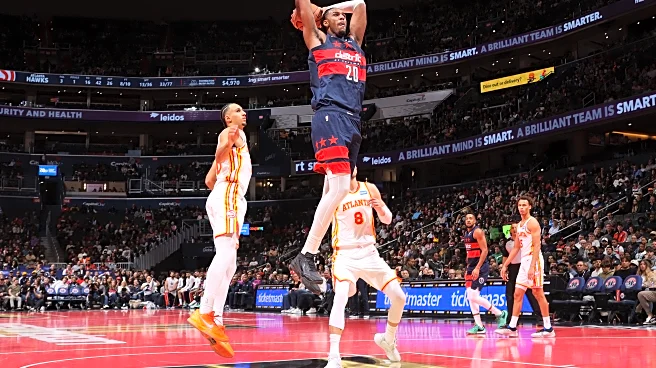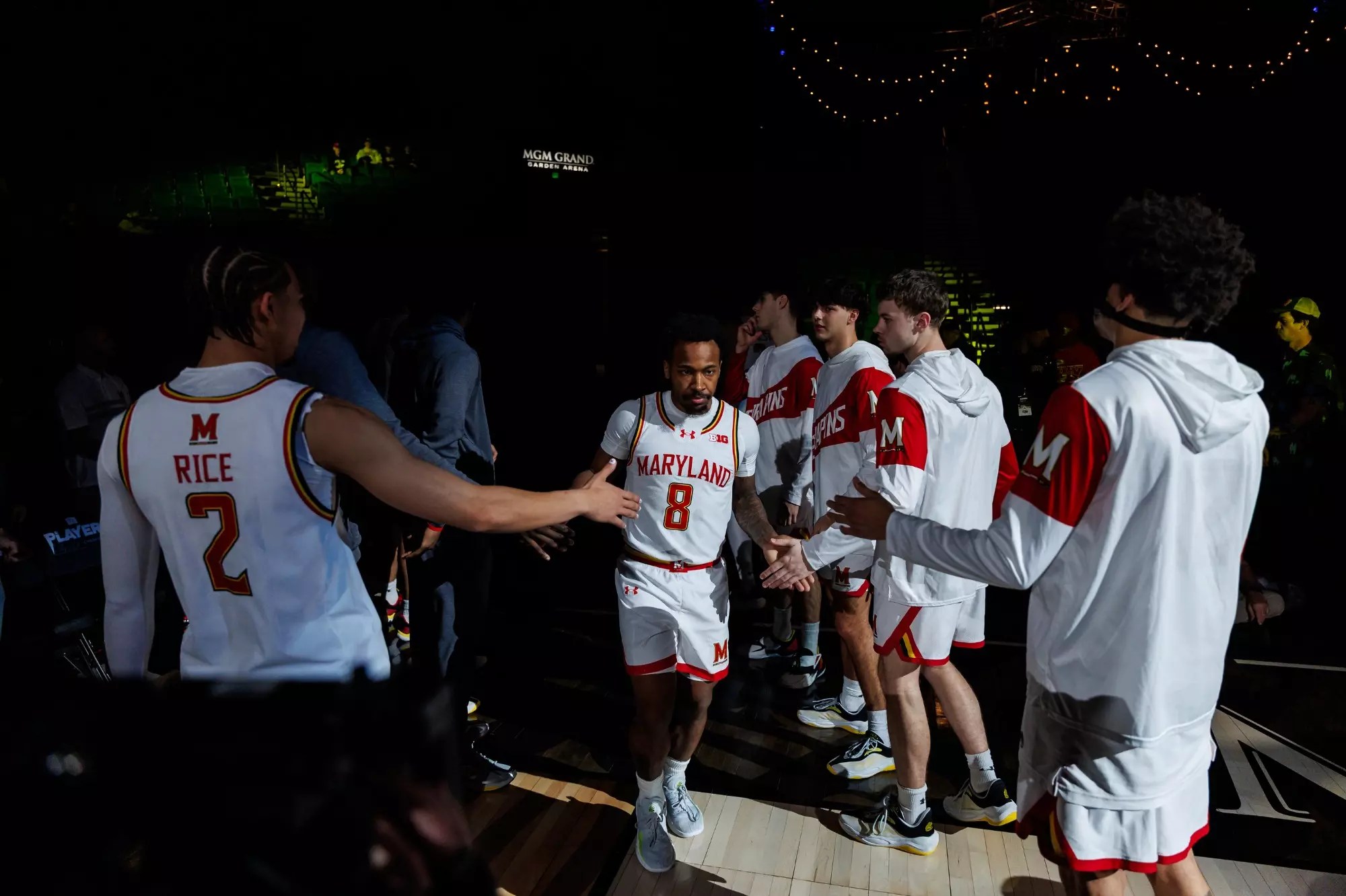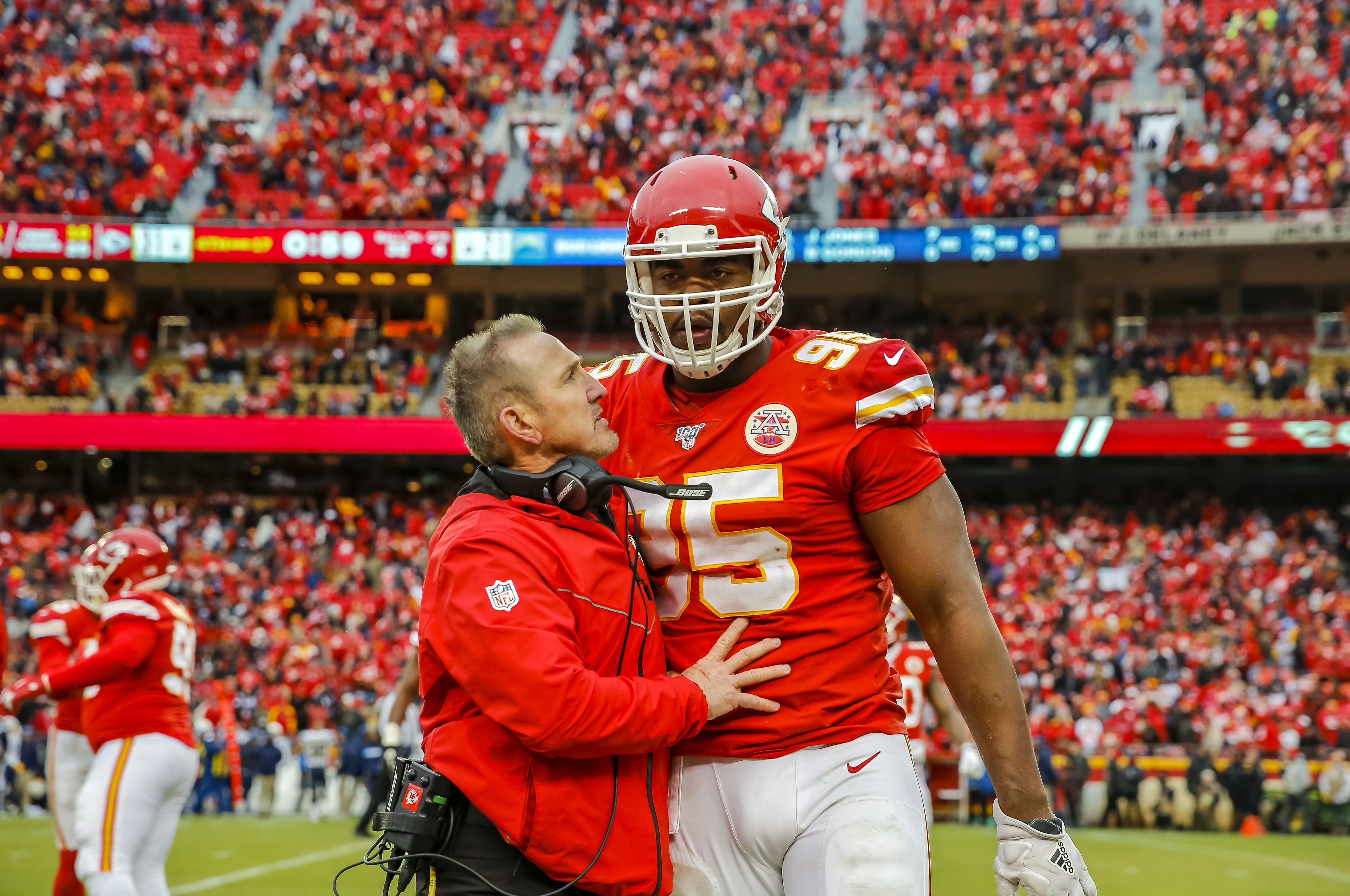The Wizards opened the game hitting seemingly every shot to take a 45-23 lead at the end of the first quarter. They grew the advantage to as much as 33 in the third quarter before letting the Atlanta Hawks trim the final margin to a semi-respectable 19. This must be what it’s like to watch Oklahoma City Thunder games.
With the victory, the Wizards snapped two losing streaks — the 14-game skid this season, and the 10 consecutive NBA Cup defeats dating back to the beginning of the in-season tournament.
Now, every team in the NBA has at least one Cup win.

Veteran guard CJ McCollum couldn’t miss early, and couldn’t miss much later either. He knocked down 17-25 from the floor, including a torrid 10-13 from three. No, that’s not a new career high in threes for McCollum. He made 11 on Dec. 30, 2022 against the Philadelphia 76ers. McCollum finished the game with 46 points.
Alex Sarr, who’s been having a good season, played another stellar game — 27 points, 11 rebounds, 2 steals, 2 blocks. He put in considerable offseason work on his game. He has an array of moves to set defenders, pivot on his left shoulder, and put up a righty hook. When defenders think they’re ready for it, he counters comfortably with a fading jumper. His footwork often was off last season. This season, he’s smooth — even nimble.
Thoughts & Observations
- One of my favorite things from this game was the Khris Middleton, Alex Sarr pick-and-roll action. Middleton is not reputed to be a quality setup man, but he made the right pass repeatedly when Sarr rolled, and the duo produced easy buckets. Better defensive units will game plan for this, which is okay — at least then the Wizards would be forcing the opposition to adjust, and then the Wizards can counter.
- Middleton tied his career high with 12 assists.
- Corey Kispert had an excellent shooting night (6-11 from the floor, 4-8 from deep) before leaving the game with a right thumb injury.
- Every opposition broadcast team raves about Bub Carrington’s three-point shooting this season. None mention his two-point shooting. Against the Hawks, Carrington made such considerations unnecessary, hitting 2-3 from two and 2-3 from three. He also produced six assists in just 22 minutes.
- Bilal Coulibaly disappeared from the offense aside from a couple first quarter dunks. He got a pair of three-point attempts blocked. He did a good job defensively on Atlanta star Jalen Johnson, who had one of his worst games of the season.
- The Hawks broadcast team seemed a bit puzzled by Brian Keefe leaving starters in the game until the final three minutes. It was clear that Keefe wanted to make sure the win was secure beyond any possible doubt before pulling the main guys.
- In classic, tell me you’re doing no preparation for these games without telling me you’re doing no preparation for these games, Dominique Wilkins said (repeatedly) that Kispert was missing threes because he was shooting too quickly. If you’ve watched Wizards games since Kispert arrived, you’d know that the lightning quick release — often of the no-dip variety — is a staple of Kispert’s game.
- Speaking of Kispert, by hitting 4-8 from deep last night, he boosted his three-point percentage for the season to 40.3%. The last time he surpassed 40% from deep for the season was 2022-23 — his second year in the league.
Four Factors
Below are the four factors that decide wins and losses in basketball — shooting (efg), rebounding (offensive rebounds), ball handling (turnovers), fouling (free throws made).
The four factors are measured by:
- eFG% (effective field goal percentage, which accounts for the three-point shot)
- OREB% (offensive rebound percentage)
- TOV% (turnover percentage — turnovers divided by possessions)
- FTM/FGA (free throws made divided by field goal attempts)
Stats & Metrics
PPA is my overall production metric, which credits players for things they do that help a team win (scoring, rebounding, playmaking, defending) and dings them for things that hurt (missed shots, turnovers, bad defense, fouls).
PPA is a per possession metric designed for larger data sets. In small sample sizes, the numbers can get weird. In PPA, 100 is average, higher is better and replacement level is 45. For a single game, replacement level isn’t much use, and I reiterate the caution about small samples sometimes producing weird results.
POSS is the number of possessions each player was on the floor in this game.
ORTG = offensive rating, which is points produced per individual possessions x 100. League average so far this season is 115.1. Points produced is not the same as points scored. It includes the value of assists and offensive rebounds, as well as sharing credit when receiving an assist.
USG = offensive usage rate. Average is 20%.
ORTG and USG are versions of stats created by former Wizards assistant coach Dean Oliver and modified by me. ORTG is an efficiency measure that accounts for the value of shooting, offensive rebounds, assists and turnovers. USG includes shooting from the floor and free throw line, offensive rebounds, assists and turnovers.
+PTS = “Plus Points” is a measure of the points gained or lost by each player based on their efficiency in this game compared to league average efficiency on the same number of possessions. A player with an offensive rating (points produced per possession x 100) of 100 who uses 20 possessions would produce 20 points. If the league average efficiency is 114, the league — on average — would produced 22.8 points in the same 20 possessions. So, the player in this hypothetical would have a +PTS score of -2.8.
Players are sorted by total production in the game.

















